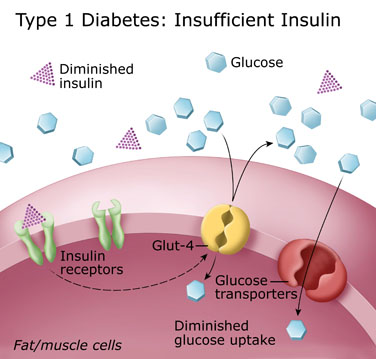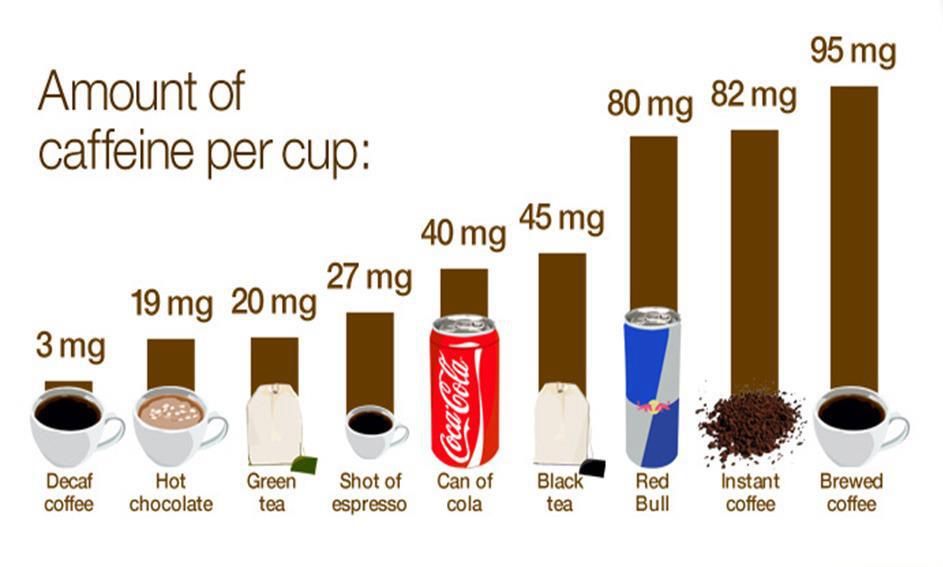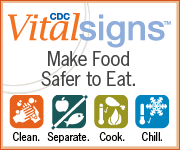What is Gluten?
Gluten is a protein found in grains (wheat, barley and rye). Oats themselves do not contain gluten, but are commonly milled in facilities that mill wheat and thus are often contaminated. It is actually made from two smaller proteins gliadin and glutenin, the combination of these two provides the structure for yeast breads (1).
What's the beef with gluten?
Individuals with Celiac Disease have a reaction to gluten in the small intestine that causes inflammation and flattening of the absorptive cells. This means that nutrients aren't being absorbed properly but also leads to GI distress when consumed. Celiac Disease can only be diagnosed with a blood antibody blood test (2).
Definitions of importance (2):
Allergy: hypersensitivity cause by immune related reaction, can be life-threatening
Intolerance: abnormal response to a food or ingested substance (not immune related)
Sensitivity: larger categorical term that includes both allergies and intolerances
Why might those without Celiac "feel better" on a gluten free diet?
There are several possible reasons for this. A common reason is that a gluten free diet is more in line with MyPlate recommendations than the average American diet: meaning it is higher in fruits and vegetables and lower in refined grains and processed foods. Also, by consuming a gluten free diet, many convenience foods are eliminated as the sauces commonly contain gluten.
There are some anecdotal links between gluten intolerance and neurological conditions, however, the research on these associations is unclear (3).
Cooking and baking for those with Celiac Disease:
Wheat flour is incredibly universal in its application to baking. For this reason, baking gluten free items takes a bit more science (some companies have already taken the guess work out of this). Ingredients like tapioca starch, potato starch, brown rice flower, sorghum flour, xanthan gum and almond flour are combined to create a mixture that functionally resembles wheat flour (without gluten of course). For more on creating the right flour blend for baking see this link.
Verdict on gluten:
If you do not have a gluten allergy such as Celiac Disease, gluten is not bad for you. It is a protein found in grains and can be eaten as part of a balanced healthy diet.
General Food Allergies Informational Site:
References:
















